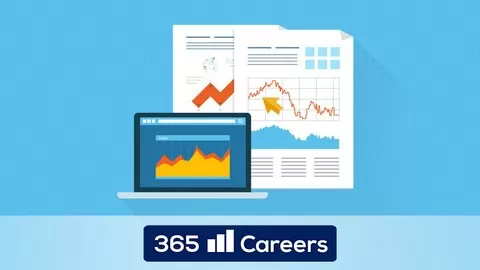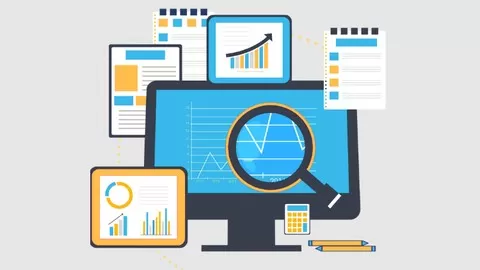The ability to read and interpret financial information is a key skill for any aspiring business professional. The workshop will take delegates through the key ratios that will help to read and interpret financial information. From examining the profitability in the income statement, to assessing the strength of a balance sheet and on to the ability of a company to generate cash – this workshop will provide delegates with a the tools and the confidence to be able to assess the financial strength of a company in a short period of time. Packed with helpful tips and using well-known companies, this workshop is a practical hands-on course, which clearly shows how to apply the theory to a wide variety of financial statements.
We start with the basics of the key financial statements – what they are (income statement / balance sheet / cash flow statement) and how they interact. We then look at reading and interpreting this financial information including:
– Profitability analysis: Gross, Operation & Net Profit Margins; EBIT and EBITDA; Operational Gearing
– Return on Investment: Return on Capital Employed (ROCE); Return on Assets (ROA); the Weighted Average Cost of Capital (WACC); the ability to generate value measured though the Economic Value Added (EVA)
– Efficiency: Asset Turnover; Du Pont Analysis (examining how the ratios interact)
– Solvency: Debt to equity; Leverage; Interest Cover; Net Debt to EBITDA; Du Pont Analysis revisited; Return on Equity (ROE)
– Working Capital: Current Ratio; Acid Test / Quick Ratio; Working Capital Requirement
– Cash Flow: Operating Cash Flow (OCF); Net Cash Flow (NCF); Free Cash Flow (FCF)
– Asset Valuation: fundamental v relative valuation; Dividend Cover & Yield; PE Ratios; Goodwill
Excel, Accounting, Financial Statement Analysis, Business Analysis, Financial Math, PowerPoint: Everything is Included!
4.6
★★★★★ 4.6/5
341,616 students






